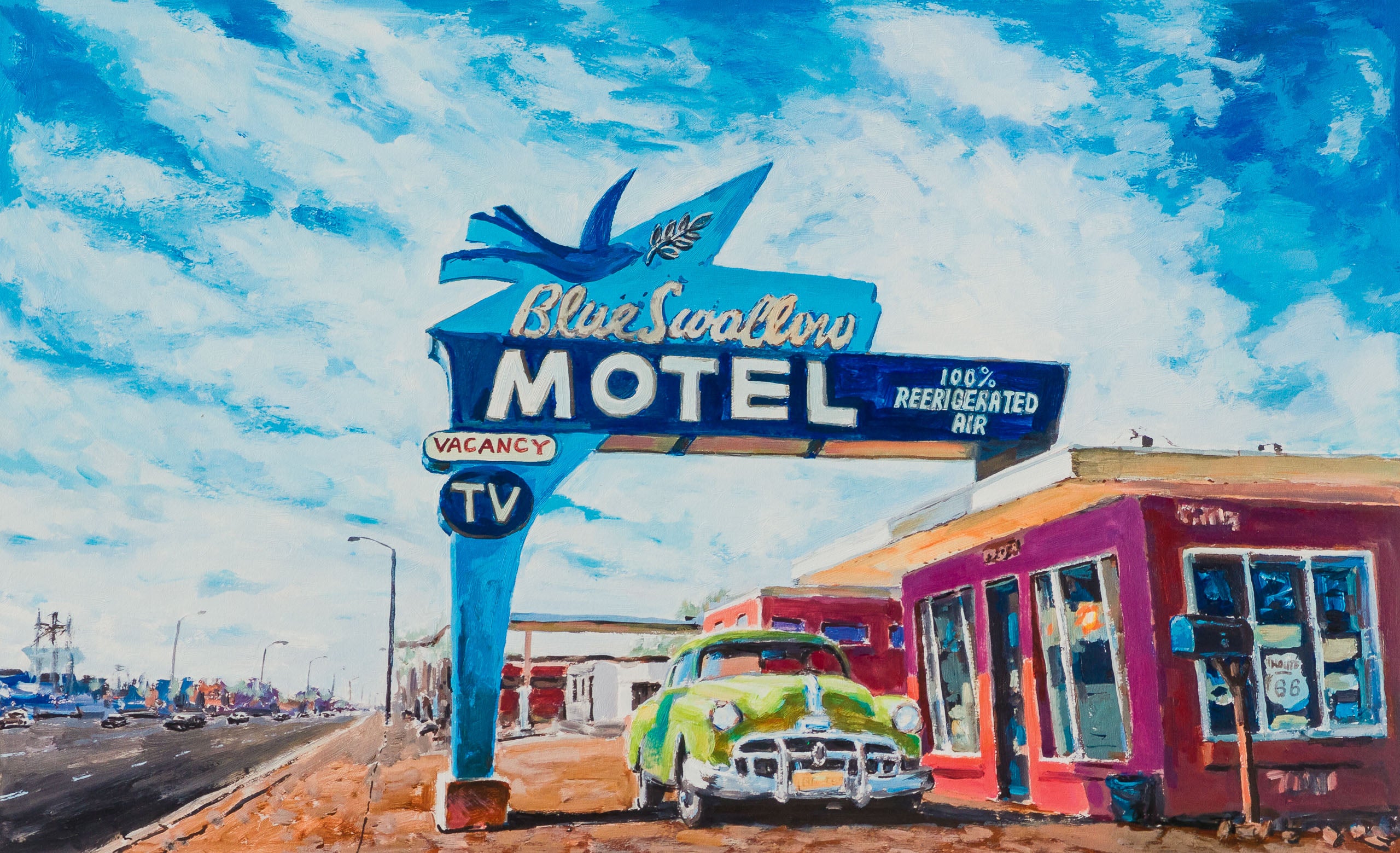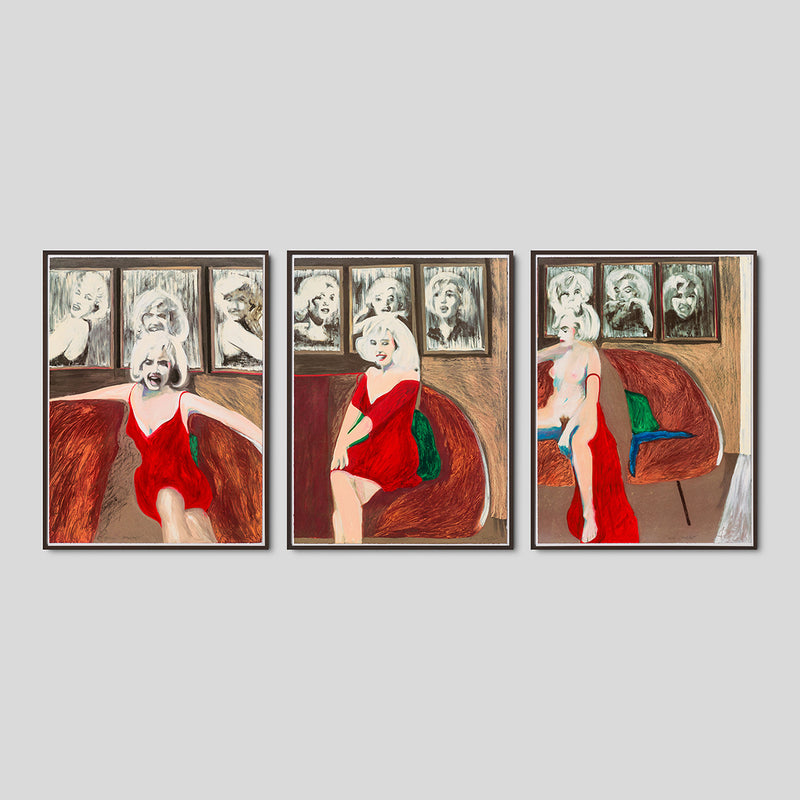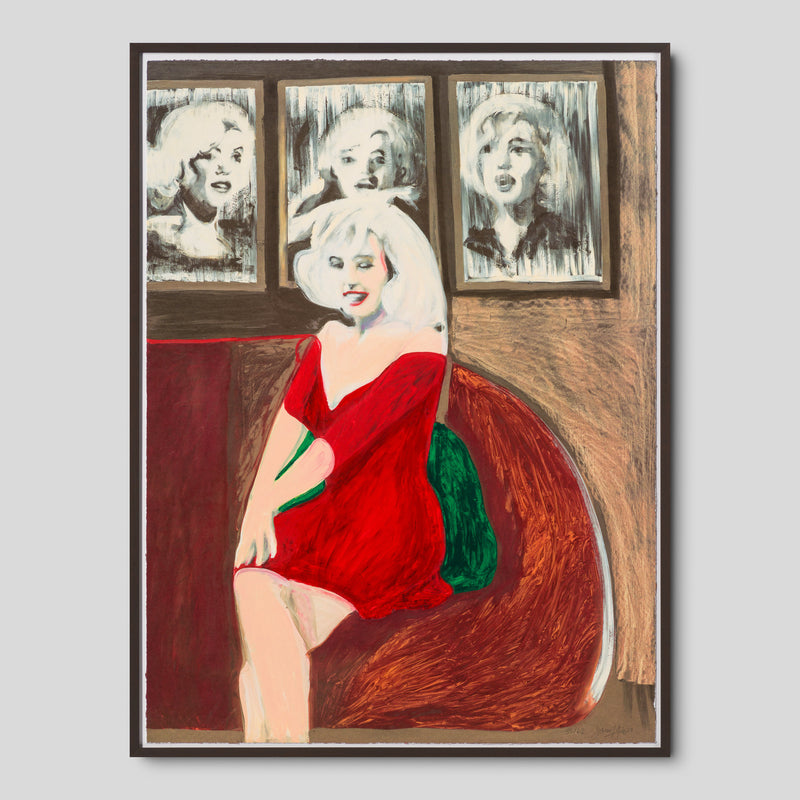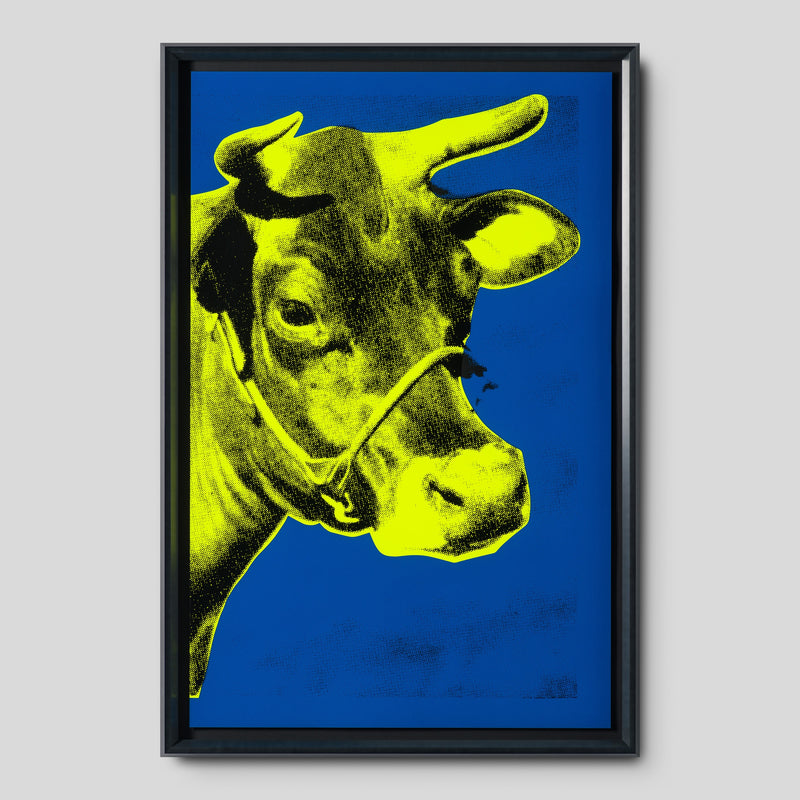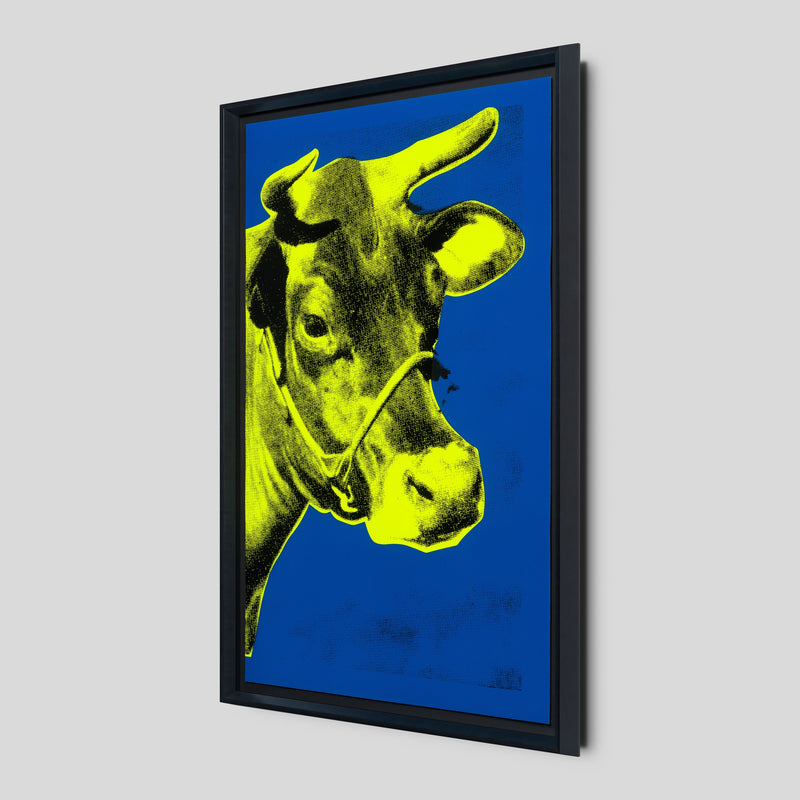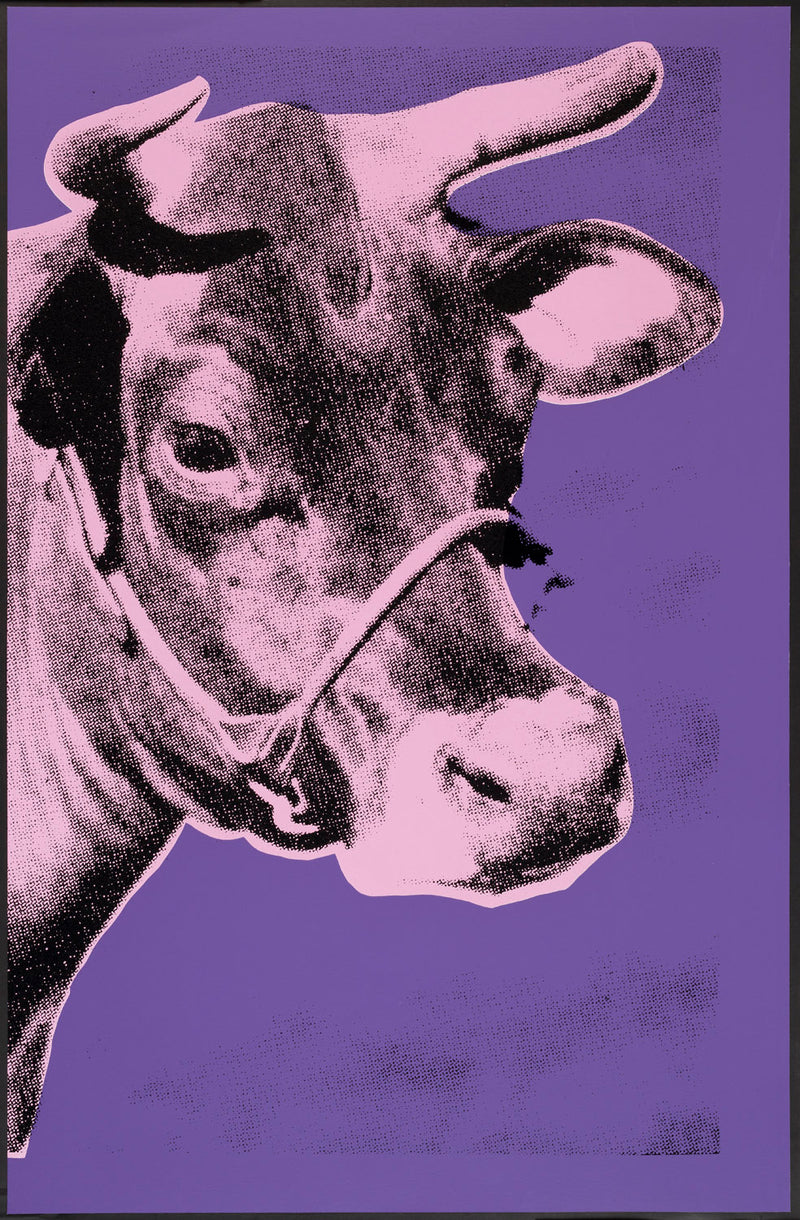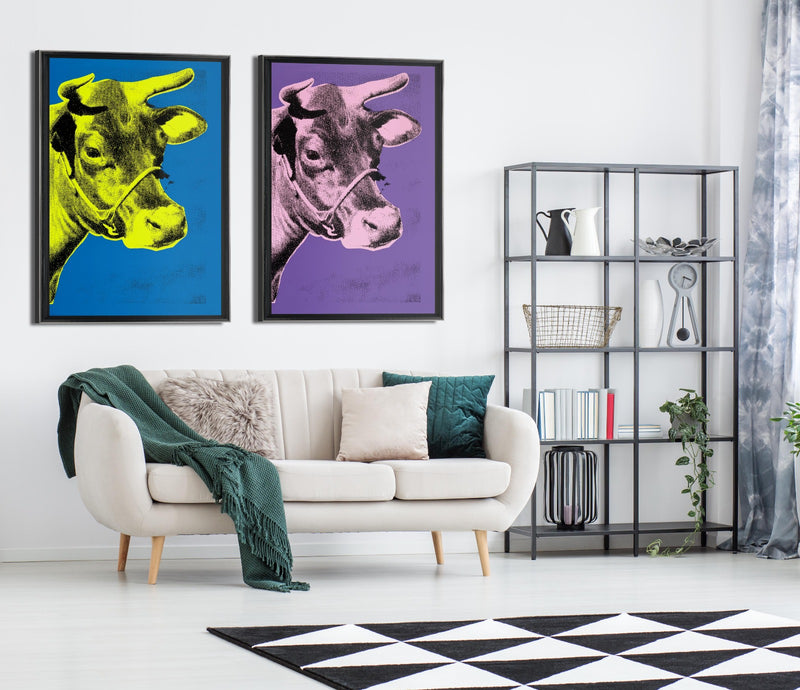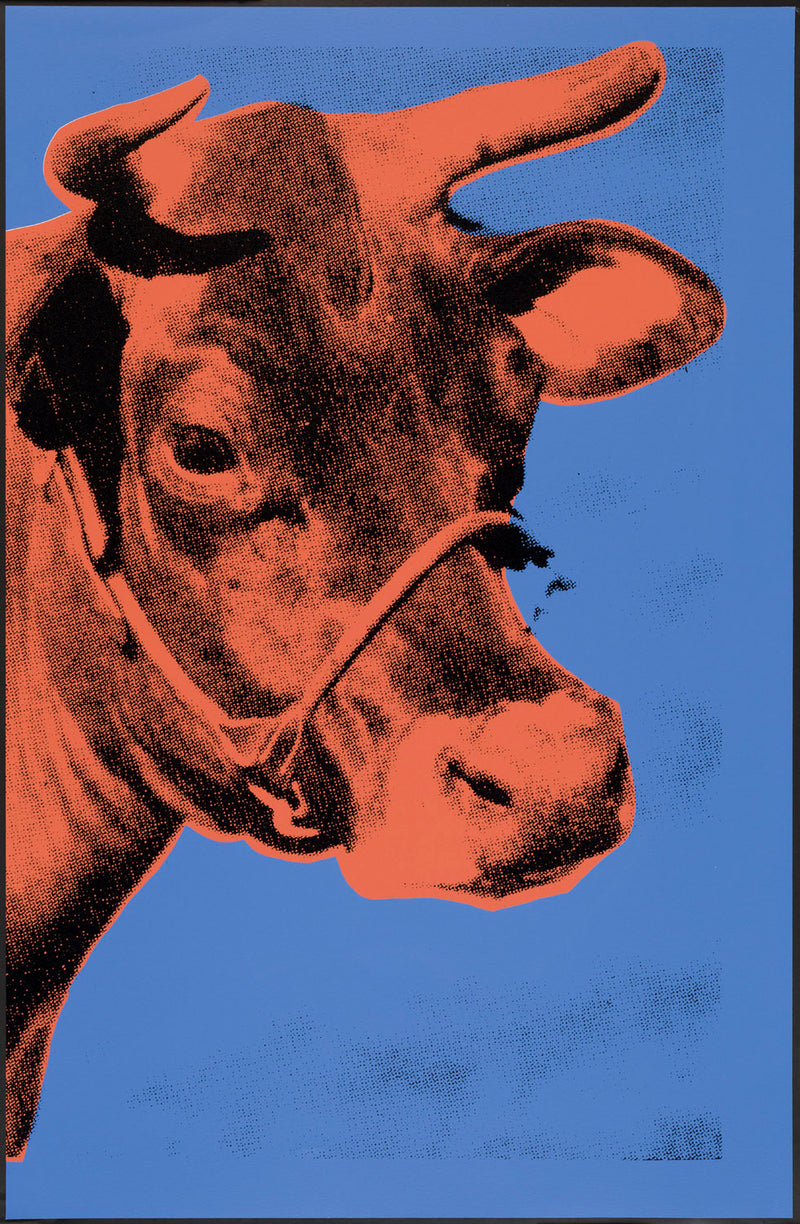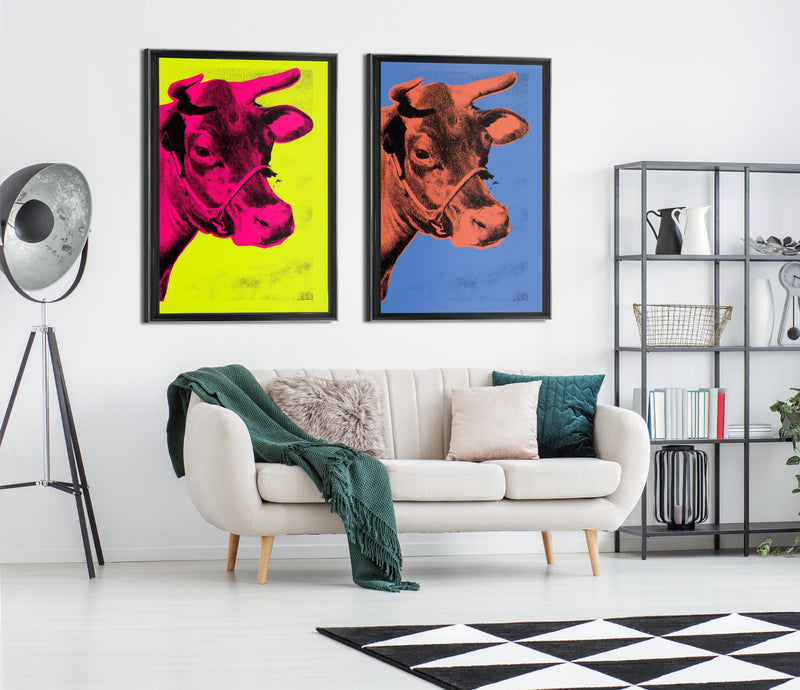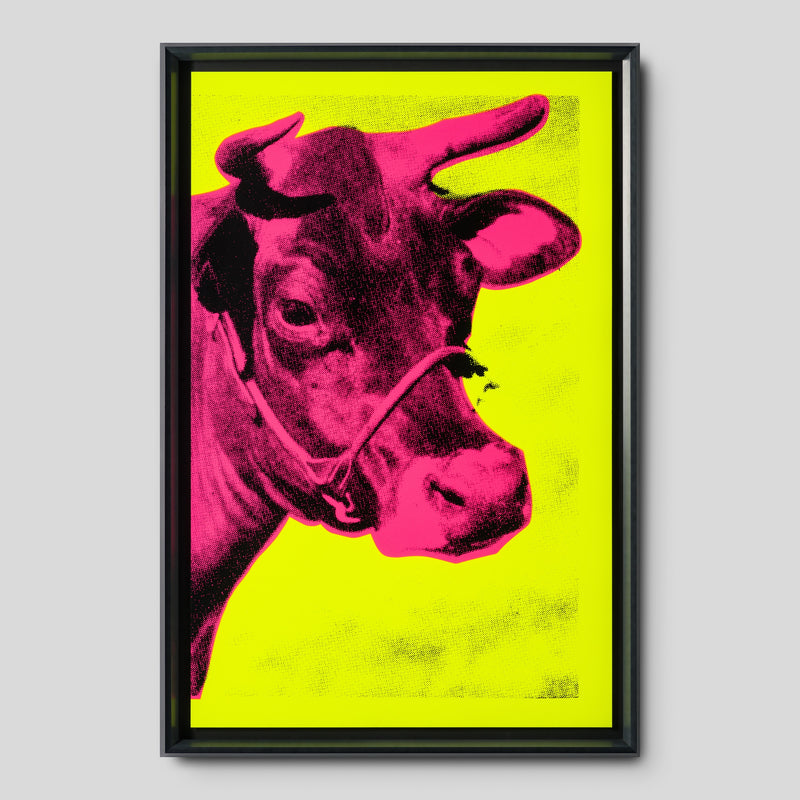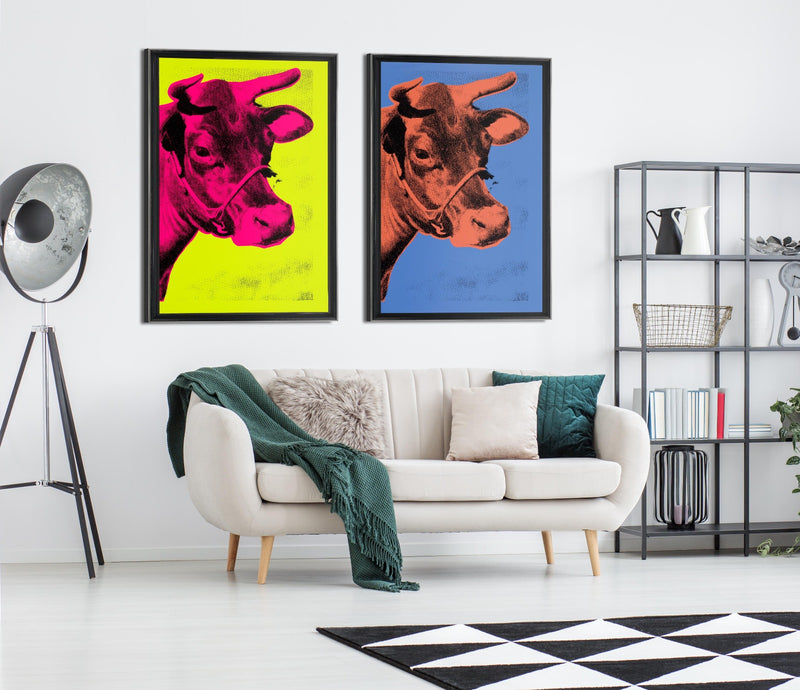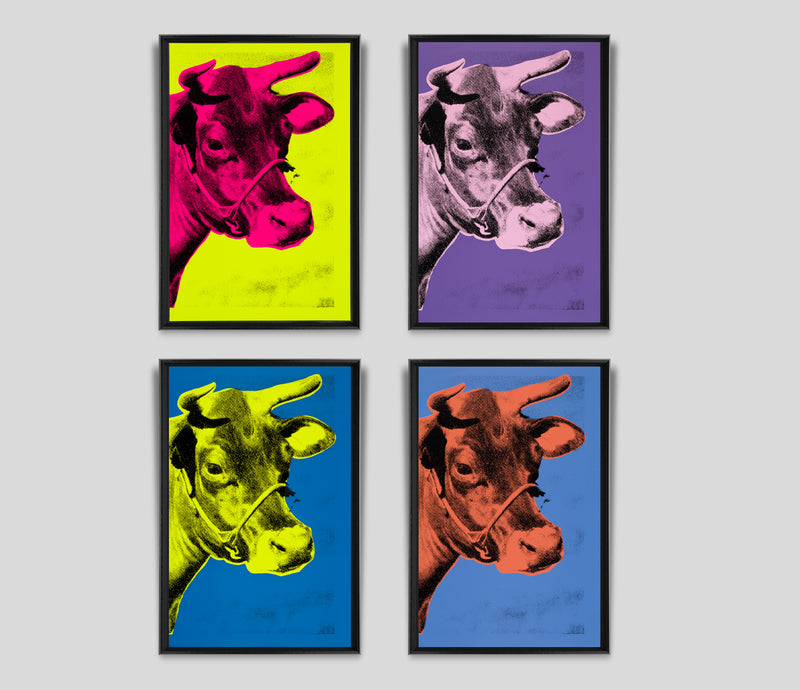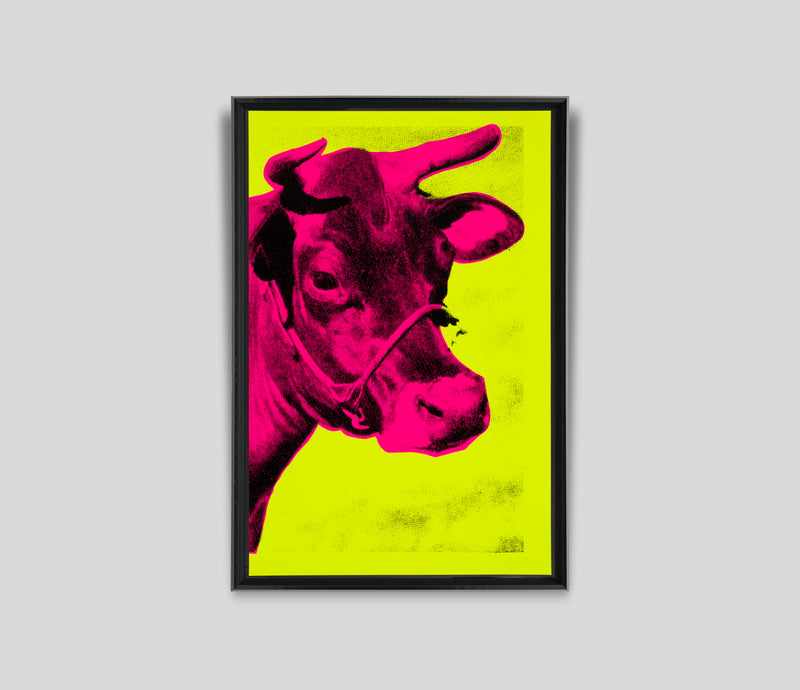Where it began
Silkscreens are believed to have originated in China as far back as 1000 years ago. It is said that, before silk was available, human hair was used to weave a mesh for a screen because it was durable yet fine enough to tolerate paint being pushed through the holes.
The technique was introduced to Western Europe in the late 18th century, but was not widely used until silk mesh became easier to get hold of.
In the mid-20th century, Pop Art pioneers like Andy Warhol and James Francis Gill brought silkscreens to the forefront of contemporary art. Once a closely guarded trade secret, Warhol helped modernise the use of screen printing for reproduction. Warhol was particularly clever in his use of silkscreens as a route to market for his artwork, because the very process itself mirrored the repetitive consumer culture he was depicting in his artworks.
Just as supermarkets stocked shelves of identical Coca-Cola bottles and Hollywood studios mass-produced celebrity images, Warhol’s fine art silkscreens replicated his iconic subjects - Marilyn Monroe, Campbell’s soup cans, and dollar bills - making them more accessible to a consumer market. By adopting a process designed for reproduction, he blurred the lines between fine art and commercialism, making his work both a critique and a product of the contemporary culture it represented.
The nature of silk-screen reproduction initially raised questions about the artist's direct connection to the work, however Warhol’s use of the method became its own artistic and cultural statement, perfectly aligned with the visual language of the times.
Featured Art: 'Marilyn Leaving in Pink'. A Hand-signed Silkscreen on Paper Limited Edition by James Francis Gill.


